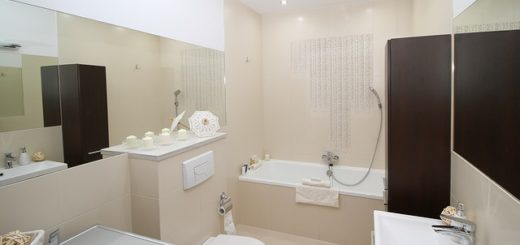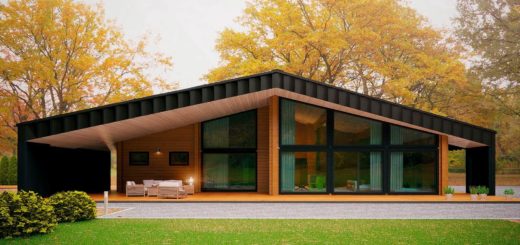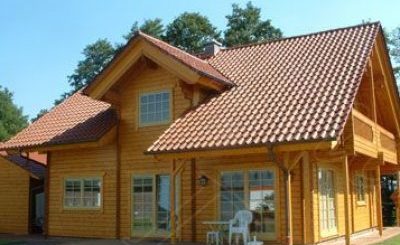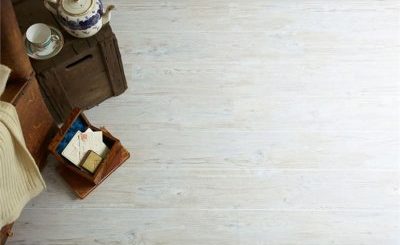Types of Wallpaper and How to Apply It Step by Step
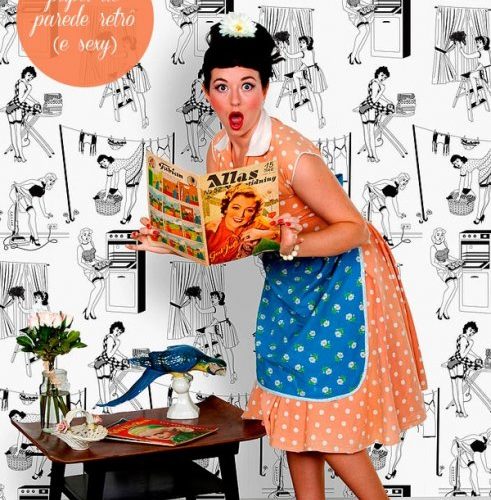
Types of Wallpaper and Wall Coverings: Complete Guide 🏠
The world of wallpaper goes far beyond traditional decorative paper rolls. Nowadays, a wide variety of wall coverings made from vinyl, fabric, or synthetic materials are used to personalize any room with style and texture.

🎨 Main Types of Wallpaper and Wall Coverings
Here are the most common types of wallpaper and wall coverings you can find on the market:
1️⃣ Lining paper. A plain, smooth paper used to cover irregular walls or ceilings before applying the decorative layer. It’s installed at a right angle to the final wallpaper. Rarely used today.
2️⃣ Wood pulp and chip paper. An affordable, single-layer wallpaper that tears easily when wet. Chip wallpaper contains small wood chips on the surface for added texture.
3️⃣ Duplex paper. Made from two or more layers, it’s stronger and easier to apply than pulp paper. Available in countless designs, often with matching fabrics.
4️⃣ Pre-pasted wallpaper. Comes with adhesive already applied on the back, making it easier to hang and clean.
5️⃣ Embossed wallpaper. Features raised textures that imitate plaster, brick, or stucco. The deeper the texture, the higher the price.
6️⃣ Flocked wallpaper. Known for its elegant look and soft, velvet-like texture. Made with tiny fibers of rayon or silk applied to a background to create the effect of velvet. Considered a luxury option.
7️⃣ Dry-strippable wallpaper. Can be removed easily without soaking or damaging the wall underneath.
8️⃣ Washable wallpaper. Has a protective plastic surface that makes it moisture-resistant and easy to clean — perfect for kitchens and bathrooms.
9️⃣ Vinyl coverings. Not technically wallpaper, but a wall covering made from a printed vinyl layer bonded to a paper base.
Available in textured finishes imitating stone, fabric, or tile, and even in velvet-touch versions with soft tones or vivid colors.
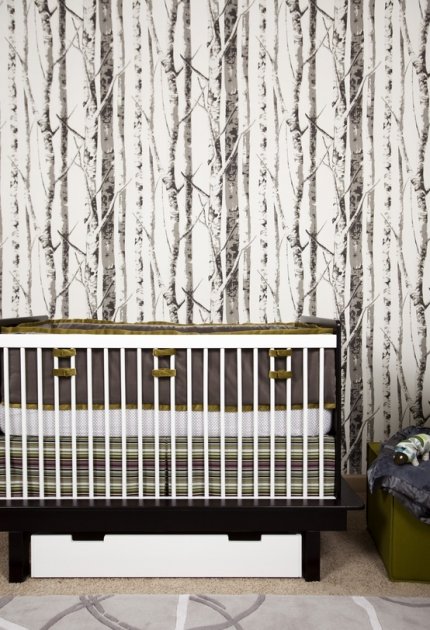
🧰 How to Apply Wallpaper Step by Step
Applying wallpaper is easier than it looks if you follow a few basic steps. Here’s a quick guide to do it yourself:
1️⃣ Prepare the wall. Clean the surface and remove dust, old paint, or moisture. If the wall is uneven or has textured paint, check this guide on how to remove textured walls before applying wallpaper.
2️⃣ Apply the adhesive. Use the proper paste for the wallpaper type (traditional, vinyl, or pre-pasted). Spread a thin, even layer following the manufacturer’s instructions. Some wallpapers require applying paste to the wall, others directly to the paper.
3️⃣ Place and adjust the strips. Start from a corner and apply the strips from top to bottom. Make sure the seams align properly without overlapping. Use a smoothing brush or rubber roller to remove air bubbles.
4️⃣ Trim the edges. Once in place, cut any excess with a sharp utility knife using a metal ruler as a guide for clean edges.
📎 Conclusion
Wallpaper has evolved to offer a wide range of materials, textures, and decorative styles.
Installing it yourself is simple if you prepare the surface properly and use the right tools.
Explore more articles about wallpaper on Vilssa or get inspired by modern wall-covering ideas on Homes & Gardens.
Image source: Pinterest
Written by the Vilssa interior design editorial team.












